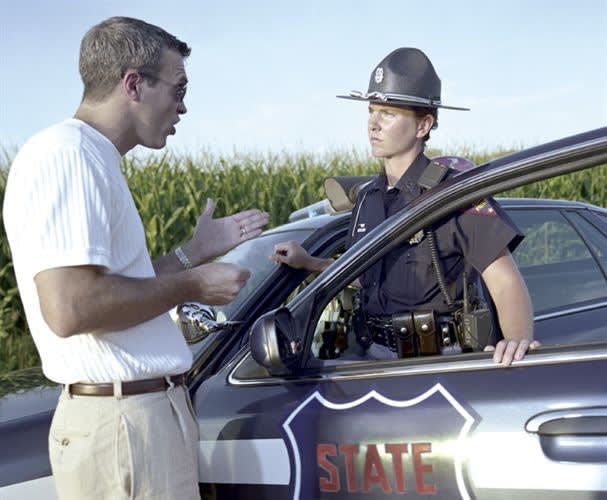Next, in examining whether the stop was justified, the court explained that a person cannot lawfully be seized unless there are reasonable, objective grounds for doing so. Further, to sustain an investigatory stop, the officer must be able to point to specific and articulable facts, which, taken together with rational inferences from those facts, reasonably warrant the intrusion.
In this case, the officer testified that she had no facts leading her to believe that the defendant was breaking into any cars. Also, the officer later conceded that there were burglaries in the county in the previous 10 days, but none were in the residential village. Furthermore, although the officer "felt" that the defendant was trying to avoid having a vehicle behind her "for some reason," the facts known to the officer pointed to no more than an impermissible hunch. There was also no sound basis to believe that the defendant was evading a police officer merely because the defendant drove around the block. Thus, the stop could not be sustained on the basis of a reasonable suspicion that an offense was being committed prior to the defendant's stopping in the driveway.
Nevertheless, the State argued that the seizure was supported by probable cause to believe the defendant was driving under the influence of alcohol. The court rejected this argument as well.
The officer had not observed the defendant violate any laws or drive in an erratic manner, and the signs of intoxication for probable cause to develop in an officer's presence are ordinarily far more substantial than the two mentioned in the officer's testimony. Although the officer stated the defendant was "possibly" under the influence of alcohol, her reasons for the detention focused on the officer's ultimately incorrect hunch that the defendant was driving with a suspended license-a suspicion that had no reasonable, factual basis at the time of the stop.
The court decided that to conclude otherwise would be to approve of the detention of any driver at any time to run a license check if the officer thought the driver had committed an offense on a prior occasion. The constitutional test of reasonable and particularized suspicion did not support such a proposition.












